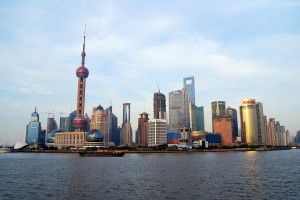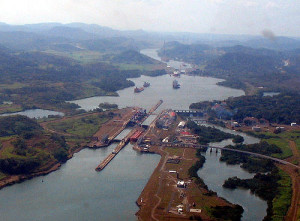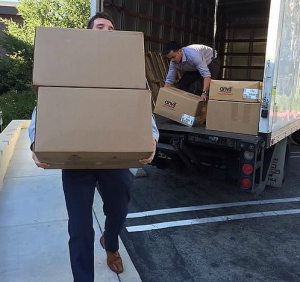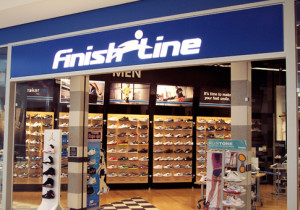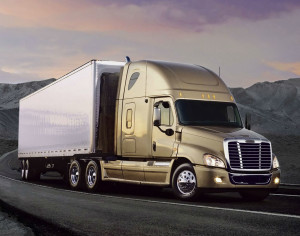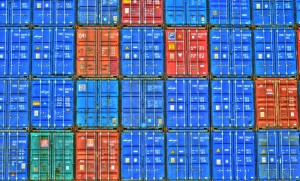As logistics professionals we typically deal with China significantly more than most other professions. China has been, and will continue to be, one of the most important traders in the world. Therefore, it is of utmost importance that we make sure that our communications run smoothly in order to secure the most efficient logistics processes. “How difficult can that be?” – you might be asking. Good communications with China are not difficult, considering that there are thousands of emails and calls daily between the West and China. However, there are key factors that are important to understand about the Chinese culture, so we can make the most out of our communications and relationships.
First of all, we have to understand that there is a big difference in the thinking structure of our Eastern stakeholders and us – the Westerners. There are studies about dialectical thinking, which explain those differences in thinking structures. A particular study by Nisbett in The Geography of Thought, states that the dialectical thinking for Westerners involves having a contradiction resolution as the goal, while for the Chinese the goal is to use contradiction to understand the relation among situations or things, and to integrate oppositions. As an example in the Western world, we typically view contracts in a much more rigid light, whereas in China for many a contract is seen as just as the beginning of a business partnership and subject to interpretation.
Also when communicating in English always work to keep communications simple and effective and not assume that everyone is 100% fluent. The most important recommendation is to keep your messages structured, and use bullet points and lists. Instead of three questions in a paragraph, send three paragraphs, and mark each one as an item. Then, it becomes easier for everyone to read and to answer each question. It is a simple way to start but an effective one.
It is also highly recommended that if you are going to partner with businesses in China that you schedule regular in person visits (at least quarterly) to vendors and 3PL providers in China. As with all business there is never a substitute for in person meetings to build relationships and ensuring adherence and adoption of policies.
Logistics in China is only going to continue to grow in importance. Over the next 10 years as we begin to see China’s economy shift away from manufacturing and into a service based economy, a growing upwardly mobile middle class will create countless opportunities for those specializing in supply chain management and logistics.
